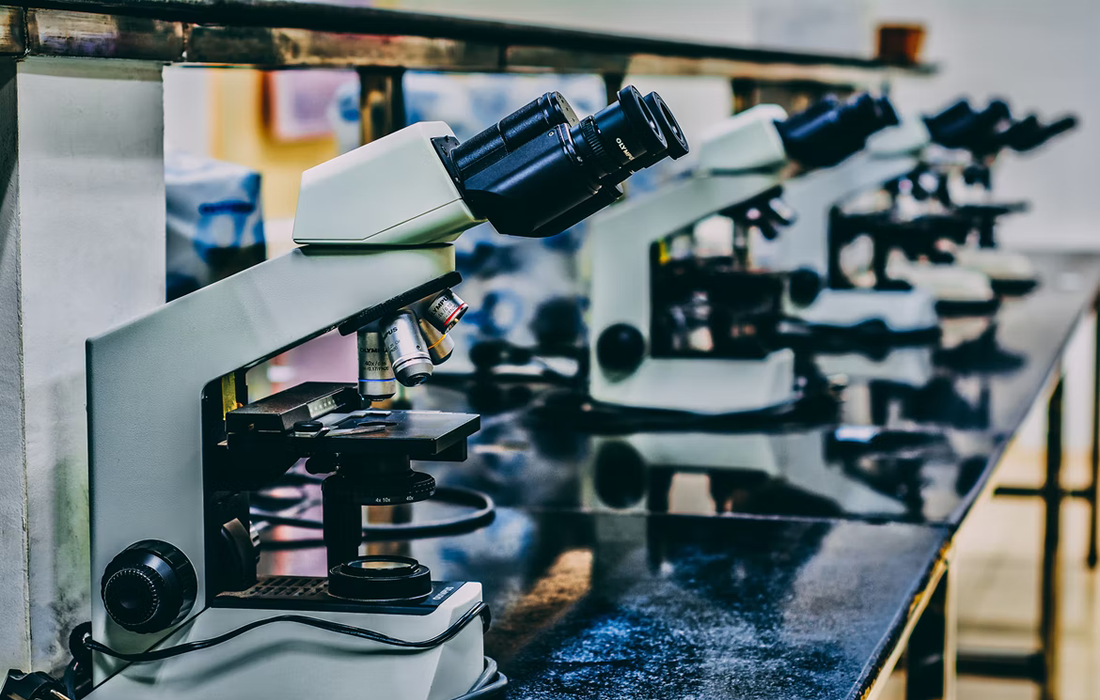Regenerative Medicine News and General Information
New Advance in IVF for Men with Low Sperm Counts
Male sub-fertility accounts for 50% of all causes of infertility in couples seeking in vitro fertilization (IVF) treatment, which can be due to low sperm count, aberrant sperm motility, or abnormal morphology. This problem is typically addressed using intracytoplasmic sperm injection (ICSI).
ICSI is a slow and difficult procedure that involves the injection of a single sperm into an egg for fertilization, and it can only be carried out by experienced embryologists.
A team led by the University of Adelaide has delivered a ground-breaking new micro-device that will help this procedure be faster and easy. This new technology holds up to 10 eggs in segregated positions for quicker injection, making it easier for embryologists to track and avoid the risk of errors.
According to the team, the new device will cut the treatment time in half and require less training for embryologists, reduce the cost of equipment and improve access to the procedure for more patients.
The device simplifies the injection process and reduces the dependency on a high level of technical experience and will dramatically improve embryo production. According to the team, ICSI hasn’t changed since its discovery 30 years ago, and this type of innovation will boost the success of the therapy.
The new device will undergo clinical trials globally this year.
Source:
Suliman H. Yagoub, et al. Fabrication on the microscale: a two-photon polymerized device for oocyte microinjection. Journal of Assisted Reproduction and Genetics, 2022; DOI: 10.1007/s10815-022-02485-1
University of Adelaide. “New micro device injects a boost to IVF success.” ScienceDaily. ScienceDaily, 16 May 2022. <www.sciencedaily.com/releases/2022/05/220516124040.htm>.
Image from:
Photo by Ousa Chea on Unsplash

